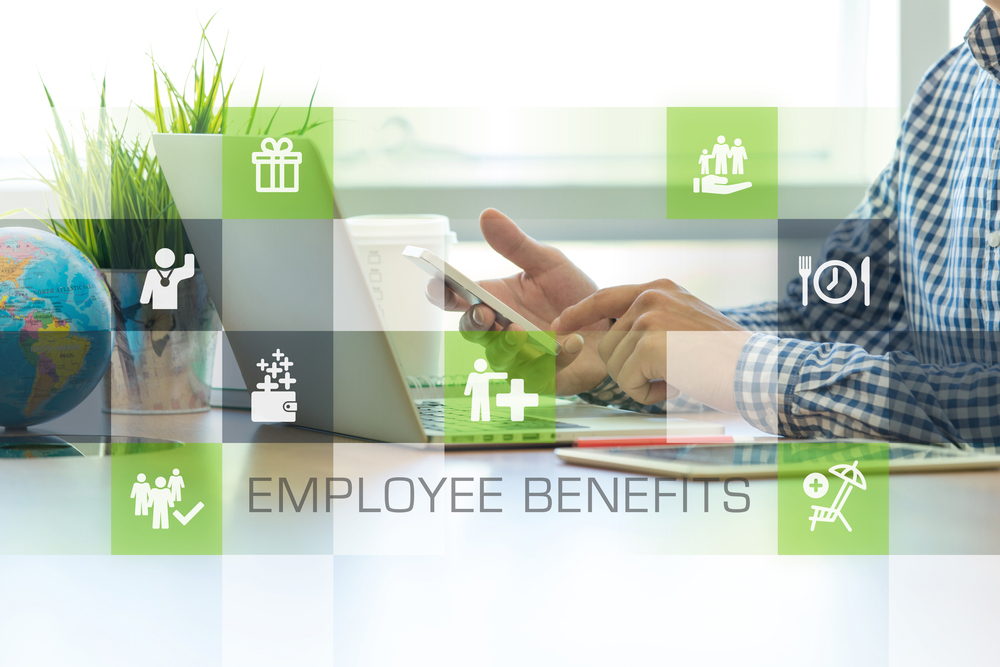There’s no doubt that 2020 was a challenging year. As with other industries, we dealt with ensuring the continued health and safety of our employees and providing the ongoing service and support our customers have come to expect and appreciate during the COVID-19 pandemic. But, 2020 also gave Human Resources professionals a great opportunity to rethink benefits plans.

Over the last few years, the rise of the high-deductible health plan (HDHP) and health savings accounts (HSAs) has resulted in a shift in accountability from employers to employees when making healthcare decisions. This is a trend that likely won’t change anytime soon.
In some cases, employees with HDHPs are inadvertently getting the message they should be avoiding care altogether to save themselves and their family money. And they’re engaging with their benefit plan sporadically. Unlike how employees engage with other industries, they tend to step into and out of their benefit plan, often with little information. It’s incumbent on all of us to recognize that our employees are consumers, as well, and provide them with an end-to-end healthcare journey that’s a true continuum.
From Uncertainty Will Come Innovation
From this time of great uncertainty will come much innovation, and it’s important for companies, working in concert with their broker and vendor partners, to provide upfront support for employees to select an affordable plan that’s right for them and their families. As we begin to think differently about benefits and coverage, I believe it’s important to step back and look at the bigger picture and take a more holistic approach. This means thinking about benefit plans as engaging “health hubs”—a curated collection of easily accessible people, products, and services that make ongoing and sustained employee engagement possible. These health hubs should be nimble and thoughtful and allow companies to address the many and ever-changing health needs of their employees.
Health Hub Characteristics
I view a health hub as a level up from a benefits plan. Health hubs ideally don’t just offer benefits; they provide solutions for employees. Here are some health hub characteristics:
- Align with where employees fall on the health spectrum, from healthy to chronically ill, as well as the spectrum from actively disengaged to engaged employees who are ready to take action. Services like a healthcare management team and individual case managers can help ensure the employee healthcare journey extends well beyond the open enrollment period and is one of ongoing engagement not marked by ineffective fits and starts. And easily accessible supplemental voluntary benefits like life, accident, critical illness, hospital, and disability coverage, customizable to need and life stage, can provide employees and their families with a sense of greater financial security and peace of mind.
- Satisfy the true underlying needs of the employee, which undoubtedly (and obviously) includes getting to outcomes like managing health and reducing medical costs. But, it likely includes other needs like education, communication, or breaking down structural barriers to improved well-being (e.g., don’t know where to get a test, need someone to talk to about loneliness).
- Provide a human and virtual connection that employees can access when and where it’s convenient for them, regardless of where they work. These offerings, such as 24/7 nurse lines, telemedicine, and digitally accessible fitness solutions, should be tailored to align with employee population well-being objectives and identified strategies and meet multiple well-being dimensions—physical, financial, emotional, social, and environmental. And, where safe and feasible, companies should consider on-site staff who are embedded within the culture and can provide an additional touch point to virtual solutions.
- Make the healthy choice the easy choice. Reaching an audience with a targeted message has never been easier. According to the Pew Research Center, 96% of Americans own a mobile phone, and three-quarters of U.S. adults now own a laptop or desktop computer. Therefore, it’s crucial that health hubs offer on-demand information to employees that helps reinforce they’re making smart, well-informed healthcare decisions. This might include digital engagement tools that send helpful, timely targeted updates or a mobile app that allows them to access the “hub” wherever they go.
This is how the health hubs of 2021, and the future, will work—nimble, engaging, thoughtful, easy to access, and ever-changing to fit employee needs.
2020 was, at times, a bumpy ride, but it did give us the chance to reexamine how our benefits really work—and, more importantly, what employees really need. Consider reimagining your benefits plan as an engaging health hub. Think about how a variety of new and evolving benefit solutions can start to meet your employees’ needs as they change during their tenure with your organization. That’s a trend worth monitoring—and taking advantage of—in the year ahead.
Christopher Paquette is SVP and Chief Digital and Strategy Officer with Trustmark.
